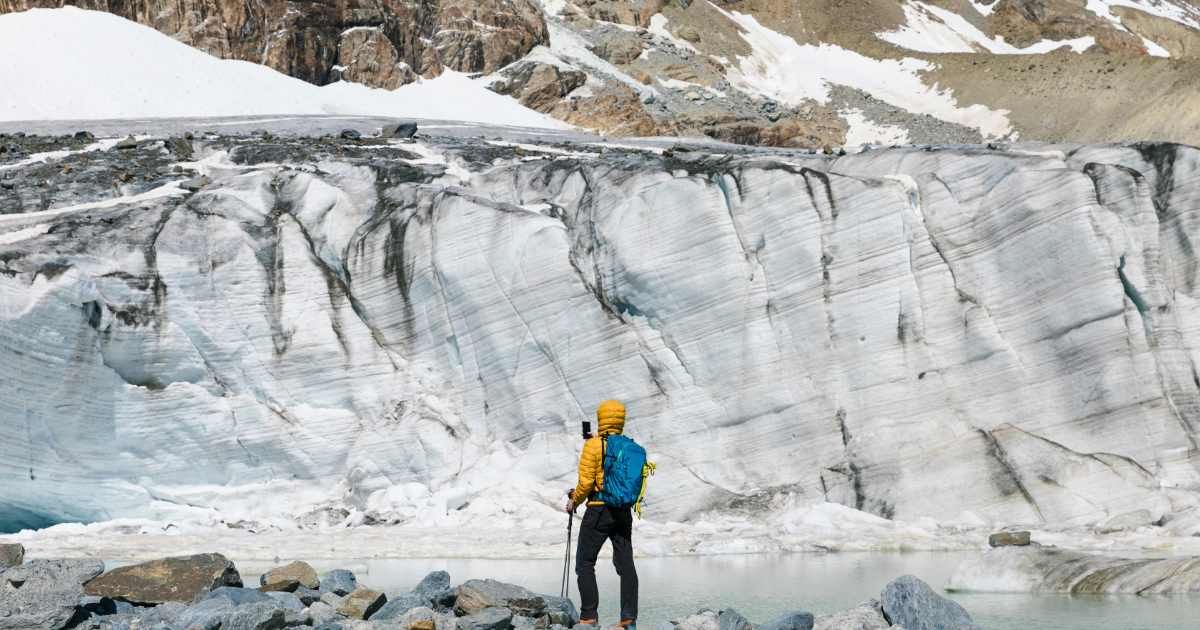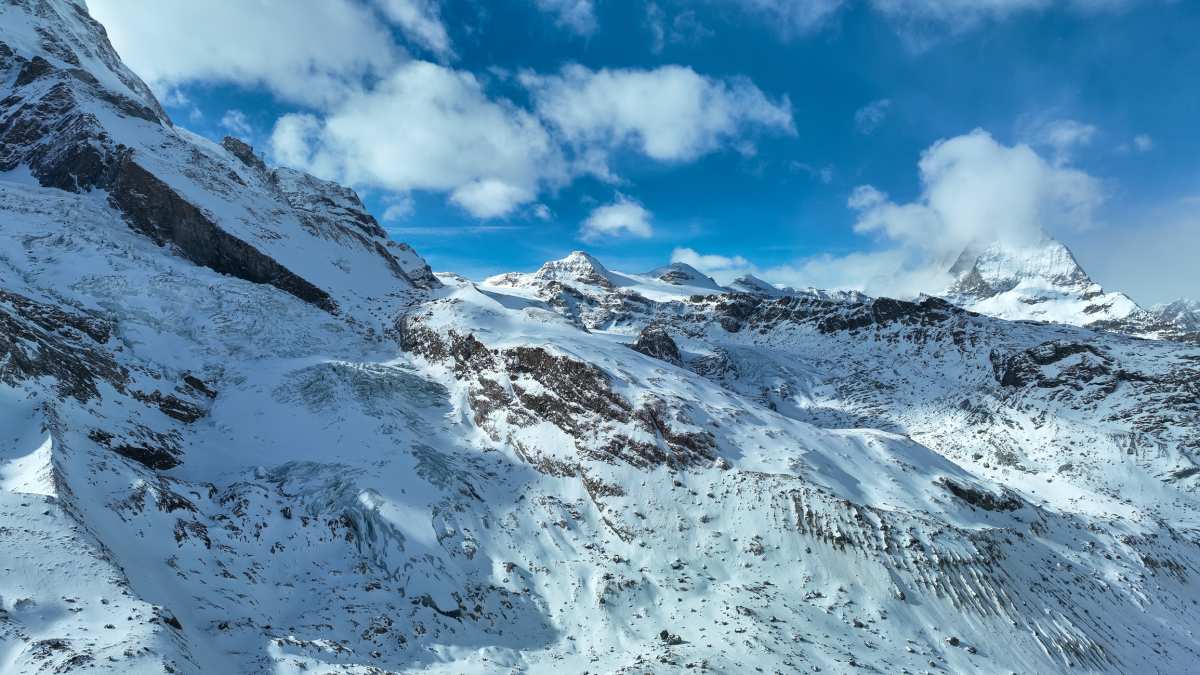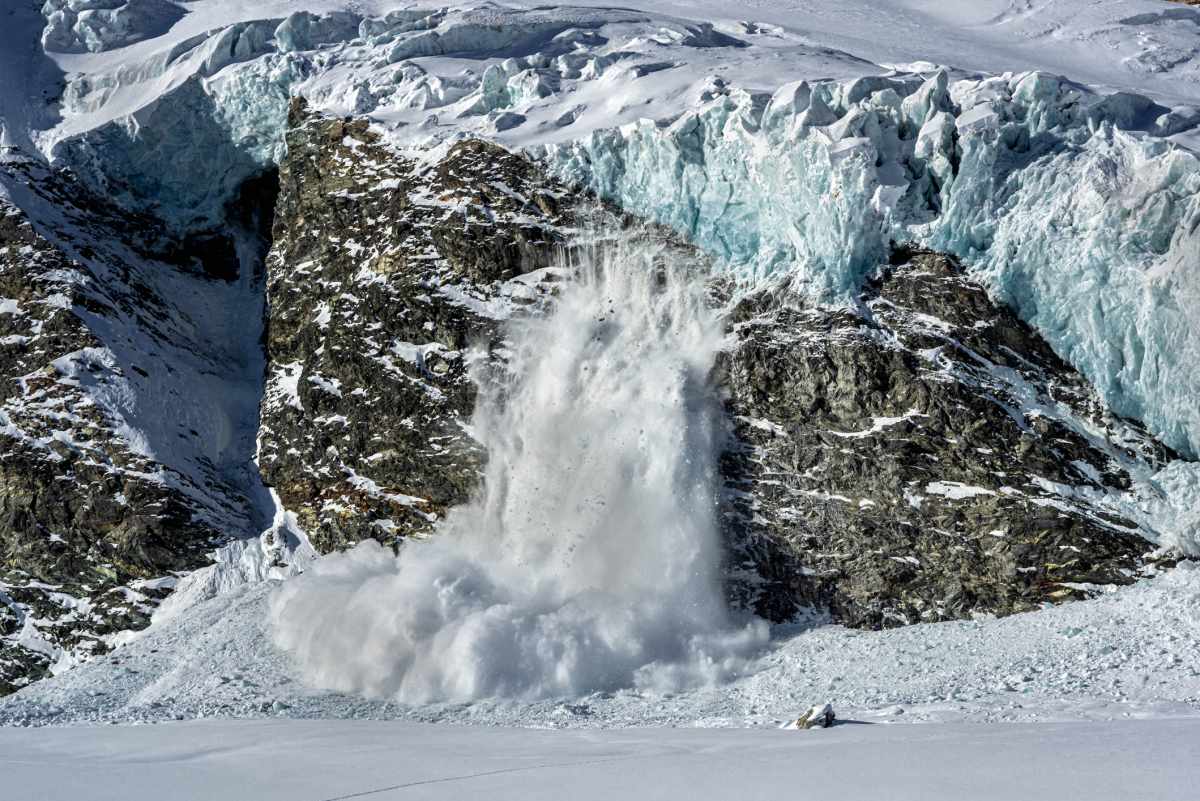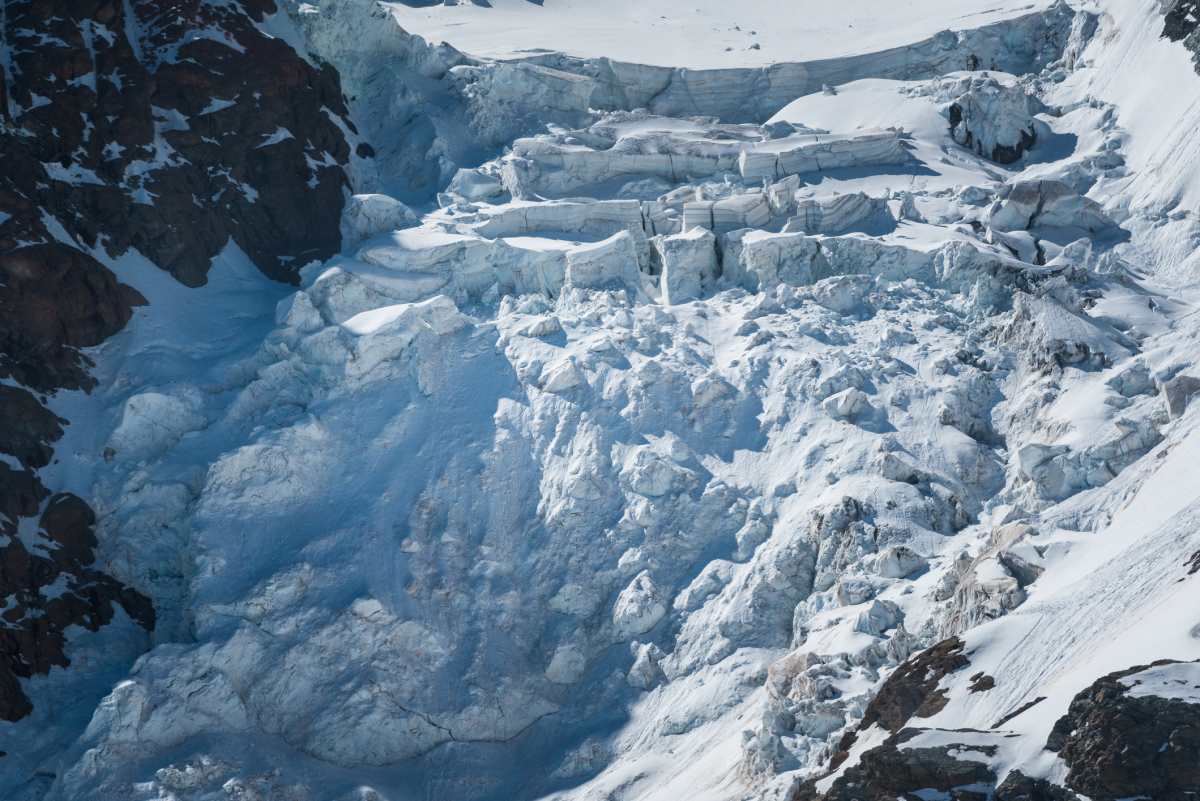Glaciers in the Alps Look Like Swiss Cheese After an Avalanche — and Experts Blame Climate Change

Millions across the world witnessed the horrifying footage, shared by @VanDamCNN on X, as a huge cloud engulfed the southwestern town of Blatten quietly. It started with a giant, icy fragment. The fragment broke off from the glacier, disintegrating the entire expanse of ice and unleashing a deluge of slushy ice that cascaded down the slopey hillsides. The entire village got buried. Some people died, some went missing. After this sudden glacier collapse episode, experts are urging Swiss residents to remain even more cautious.

The monster called “climate change” could erupt and whip up a devastating rumpus anytime. Already, it has started eating up the Swiss Alps, one hole at a time. At the verge of collapse, Switzerland’s ebbing glaciers are starting to resemble “Swiss cheese,” as CBS News describes. The only bad news: you can’t grill this cheese in your toast, because the climate change monster is the one eating it already.
WATCH - a #glacier collapse covers 90% of the Swiss village of #Blatten with mud, rock and debris. Permafrost loss in the Alps has been known to adversely impact the stability of mountain rock. Sadly, it is likely that #climate change played a role in its collapse.
— Derek Van Dam (@VanDamCNN) May 29, 2025
🎥: SRF pic.twitter.com/zcfuFS4bKR
There are more glaciers in Switzerland than anywhere else in the world, according to FirstPost. But as greenhouse gas emissions heat up the planet like nothing, the icy expanses punctuated through the Alps are losing their protective cover. Consequently, the crackling glaciers threaten to devastate the Alps and, hence, the surrounding residents. Matthias Huss, a glaciologist from the GLAMOS glacier monitoring group, took The Associated Press to the Rhone Glacier to monitor the status of its ice melt, per YAHOO News.

Reaching the glacier with his team, Huss pushed a spiral drill into the ice, sending a drizzle of icy chips flying into the cool Swiss air. Demonstrating with a metal pole, he explained, “We have a network of stakes that are drilled into the ice where we determine the melting of the mass loss of the glacier from year to year. When the glacier is melting, which is at the moment at a speed of about 5 to 10 centimetres a day, this pole will re-emerge.”

It’s not just the glacial meltwater that poses a risk to the surrounding settlements. It’s the side effects of this melting that life suffers from the most. In a snippet, The Cool Down clipped from La Crosse Tribune, experts shared that the reverberations these melting sprees trigger often drift and spread into the nearby fisheries, agriculture, drinking water, and the hydroelectric plants, which are dotted throughout the entire Alps territory.

Whether winter or summer, the mountain glaciers suffer either way. While winters starve the glaciers of snowfall, summers threaten to strip away the top, thick layers of ice. And with the thinning of these ice sheets, the local communities face destabilization and ultimately, destruction. Sadly, even a list of precautionary and preventative measures is no longer enough to prevent these unforeseen avalanches. It is not long before the Swiss glaciers disappear altogether, as Huss also lamented. “If we manage to reduce or limit global warming to 1.5 degrees, we couldn’t save this glacier.”
But still, scientists like Huss believe that if you pay as much attention to cultivating the Swiss glaciers as you do to the Swiss cheese, there’s a flicker of possibility that they can be saved. It’s not a Pixar movie plot, but maybe you could stop this climate change monster from eating up your icy kingdom. It’s not his block of cheese after all.
More on Green Matters
Alpine Cheese is Slowly Disappearing From Store Shelves, and The Reason Behind It Is Truly Worrying
Engineer Believed Painting A Mountain White Could Restore Glaciers — He Was In For a Surprise